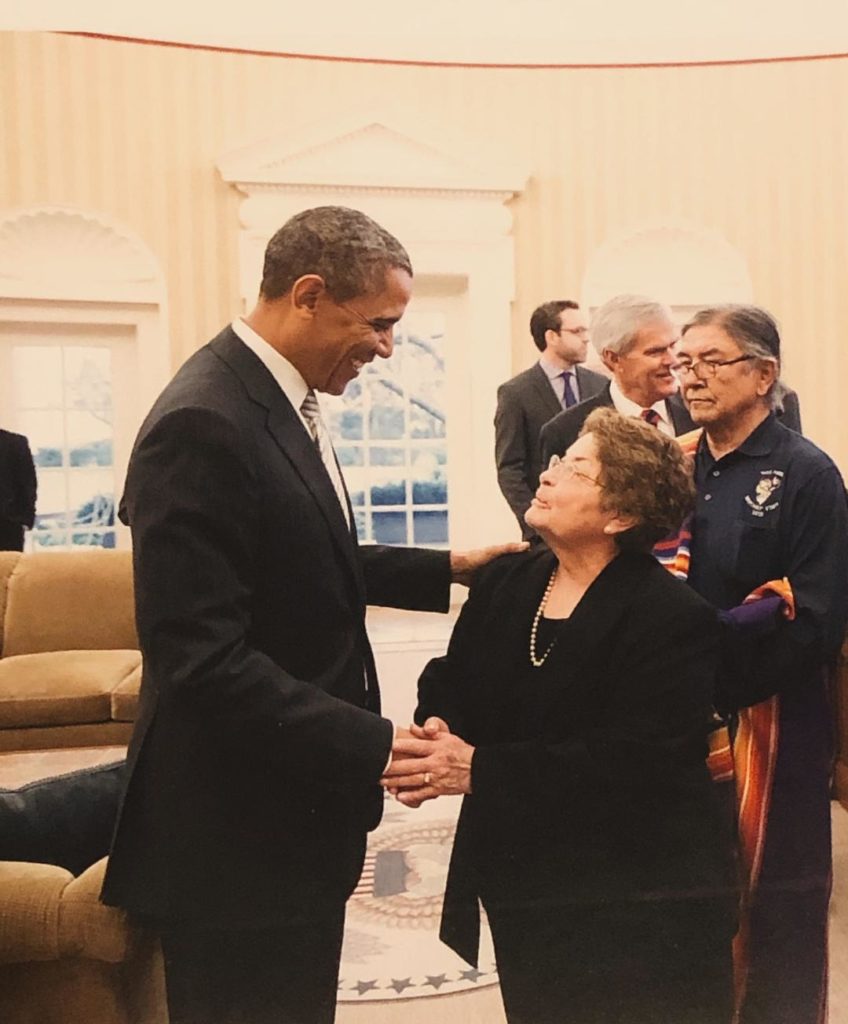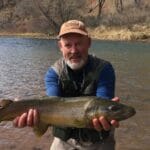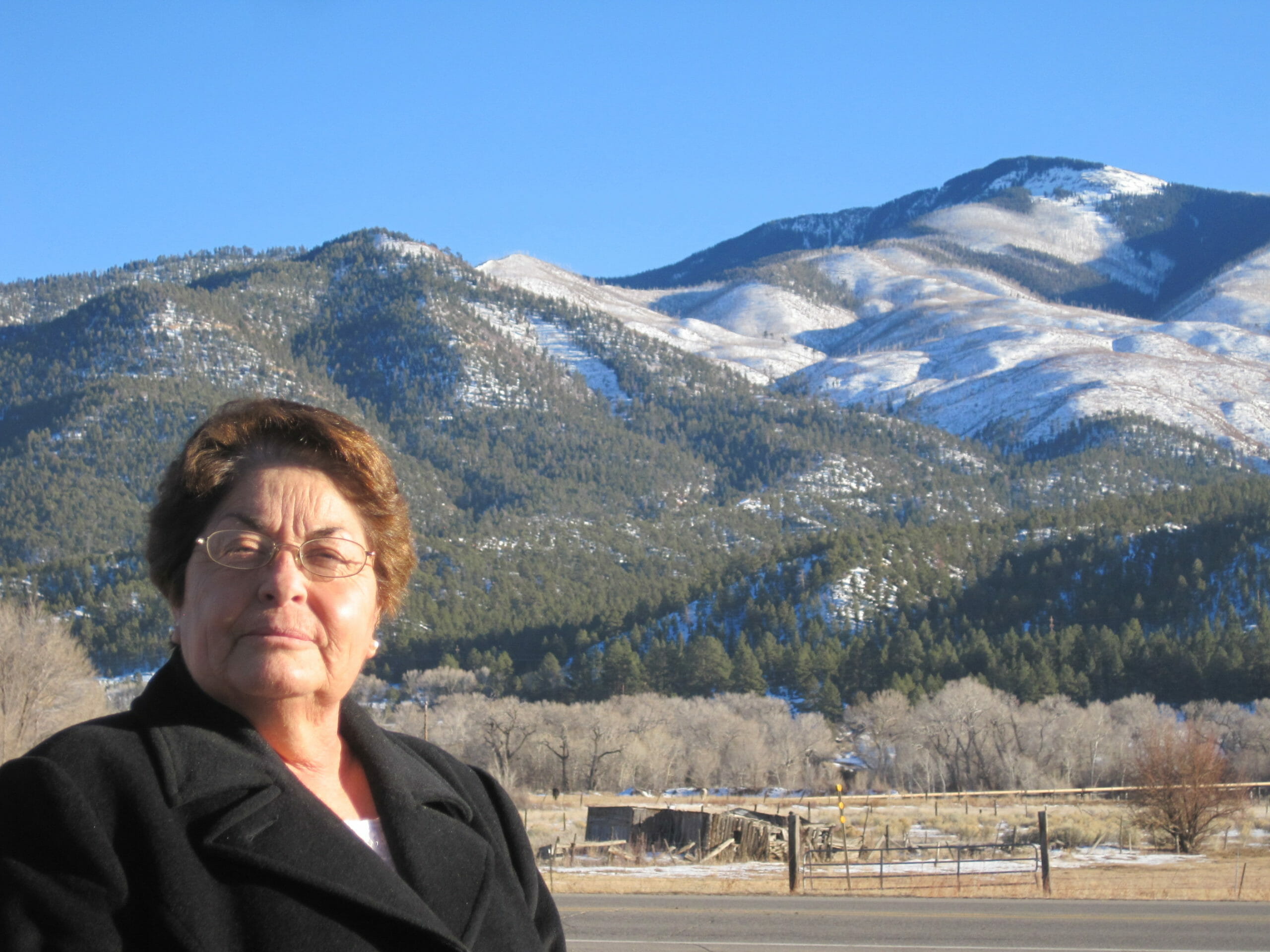Growing up in New Mexico, I took for granted that there were fishing spots where no one would want to go. Steep hikes, brush and snags everywhere, places that required too much work to get to.
“Joke’s on them,” was my thinking; if only people knew that it was so much more fun than work. The people who knew this too, well, they understood the true value of special places. They would be like me and try to do the necessary work of taking care of it.
Of course I was to learn that there were other types of people willing to go to extreme lengths to enjoy the places I held dear, except “enjoying” for them meant drilling or digging for things, cutting them down, and extracting wealth for use elsewhere. In the several other states where I’d lived, I had seen forests mowed like lawns, lakes that smelled like gasoline, and mountains turned to piles of toxic rock.
Even into my 40s, I naively thought New Mexico was different. The Rio Grande gorge is one of my top five favorite fishing places in the whole world, because the fish can be really big and swim extremely fast, but mainly because of its physical beauty.
No one would ever want to mess it up. Right?
Around 2011, Trout Unlimited joined a group that wasn’t so sure about that, in the effort to designate the Rio Grande del Norte as a national monument. It was a big group, representing conservation groups, recreationists and, importantly, local citizens from Taos County towns. We each brought our most profound perspective on why this landscape deserved such strong protection, and we took pride in listening to ourselves talk.

It was Esther Garcia, however, who boiled the campaign down to its most genuine terms. While listing the traditional uses of the Rio Grande del Norte landscape — the hunting, fishing, grazing and farming, the collecting of herbs and piñon nuts or just the meditative value of walking out there with the wind and coyotes — the unique sound of her voice seemed all that was necessary to legitimize her sentiments. We didn’t consider her to be our leader because she was the mayor of Questa at the time. We did so because, when Esther spoke, we felt her words more than we heard them.
Whether talking about her acequia, the Columbine Hondo (along with the Monument, she was instrumental in rallying the broad support for getting Columbine designated as a federal wilderness area), or the Red River restoration that began under her watch around 2012, Esther had the same impact. You knew exactly where she stood, and where she stood was with her community, Questa, as well as the broader cultural community of the north. She spoke from a watershed’s point of view, for which, as a fisherman, I was especially grateful.
When Esther talked about a watershed, there were people in it. She said the word “Cabresto,” and you not only saw her acequia, but the mayflies hovering above it, the houses, fields and children alongside it. And, of course, the fish that she and her ancestors had enjoyed as fun and food for generations. It all had to be taken together, which, when you think about it, is what ecology is. Ecology is communities. It’s how monuments and wildernesses get designated, how churches like Questa’s crumbled one get rebuilt.
It’s how fishing gets better instead of worse.
Esther was a lesson in the value of our rural communities to the proper functioning of New Mexican society. It’s one thing to sit at home and advocate for the protection of one’s favorite streams, quite another to be the person who watches the store, who keeps the shelves stocked and shoos away the shoplifters until the city dwellers deign to come fishing. Along with her compadres in the Questa community, Esther was that shopkeeper, and a jolly one at that.
Like many whom she influenced, I will always wish I got to know Esther better, but I am grateful for her lessons and for the community that blessed us with her life and her work.
Toner Mitchell is Trout Unlimited’s water and habitat coordinator for New Mexico.



